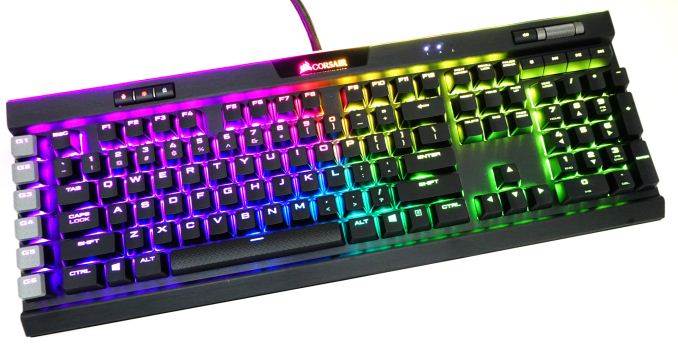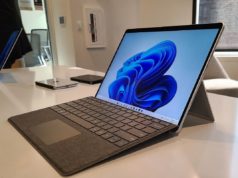Corsair is one of the first and largest players in the mechanical keyboards market. Their exclusive deals with Cherry, the most reputable manufacturer of mechanical key switches, allowed Corsair to slightly outpace their competition. For example, Corsair held the exclusive for Cherry MX RGB switches for a year, which made the K70 RGB one of the most popular top-tier gaming keyboards in 2015, and also held the exclusive for Cherry MX Speed switches for a year, making the K70 RGB RAPIDFIRE the only keyboard that had them installed in 2016.
One could easily notice that Corsair has been using the same two core keyboard designs, the K70 and the K95, for several years, only changing the switches and/or adding features like on-board memory and programmability. The tenkeyless K65 is also based on the same design as the K70, missing only the keypad and the audio volume wheel, and is only available via Best Buy. Corsair did release new designs, such as the plastic STRAFE in 2015, but never ceased upgrading the K70 and the K95, which still are the main focus of the company.
This year Corsair has something a little different in store for us. The name of their new keyboard is the Corsair Gaming K95 RGB Platinum, and features the Cherry MX RGB Speed mechanical switches that the K70 RGB RAPIDFIRE did. When Corsair first mentioned the name of the keyboard to us, we wrongly assumed that it would be nothing more than the classic K95 with Cherry MX RGB Speed installed. Despite the name, the K95 RGB Platinum is not sharing the same core design as the previous K95 models, but instead seeks to bridge the gap between the classic K70 and the overextended K95.
Corsair supplies the K95 RGB Platinum in a very sturdy brown cardboard box covered by a thin, glossy exterior packaging. The artwork is dark with yellow accents and aesthetically focused on a picture of the keyboard itself, following the same theme as the rest of Corsair’s peripherals lineup.
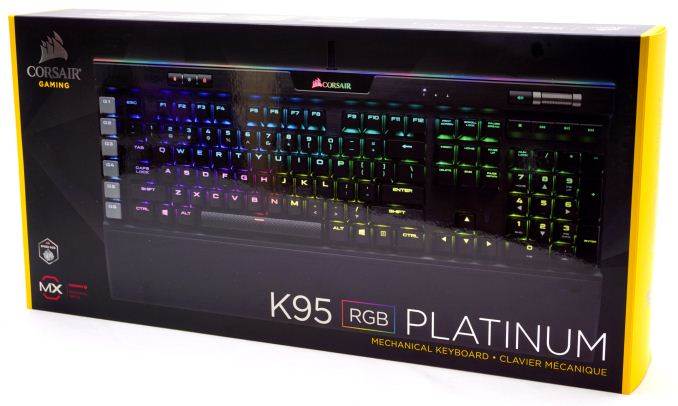
Alongside with the keyboard, the company supplies a couple of basic quick-start and warranty leaflets, a set of extra keycaps and a plastic keycaps puller. The extra ten keycaps are grey and have contoured, textured top surfaces that are supposed to assist tactile feedback while gaming. The first set is for FPS gamers and the second for MOBA gamers. Both sets are correspondingly contoured and textured. Two keycaps, the W and the D, exist in both sets but have different contours as a result.
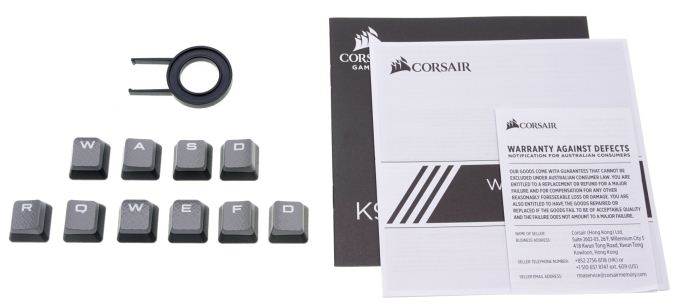
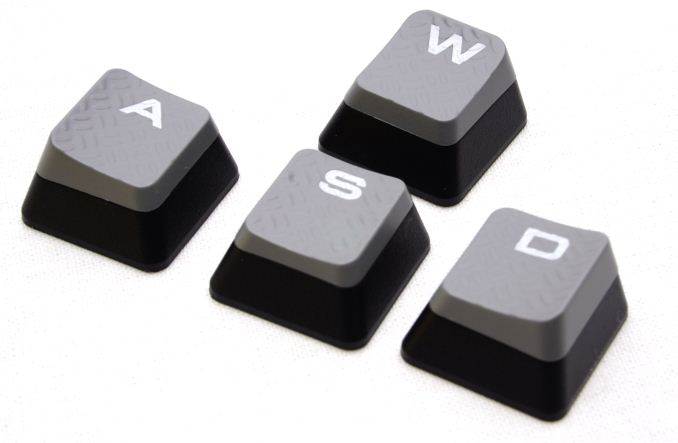
The K95 RGB Platinum comes with a full size wrist rest that is unlike any other wrist rest that we have seen before. The wrist rest is a plastic frame that attaches to the keyboard, with a removable contact surface. The surface of the wrist rest is made of a thin steel sheet that is fully covered with a soft rubber-like material. Magnets inside the plastic frame allow the steel surface to be easily attached and removed in seconds.
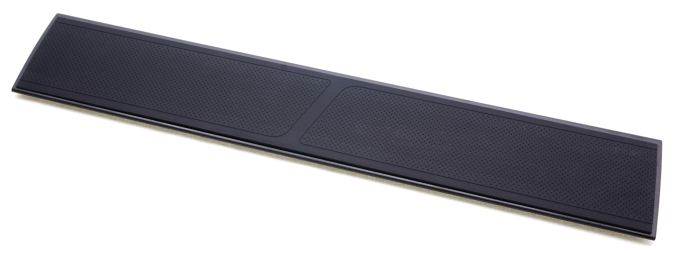
Why Corsair made the surface removable is simple, and easy cleaning is not the primary reason. The surface of the wrist rest is two-sided, with one side being plain and very soft, while the other is textured and with good friction. This allows each user to select between grip and comfort, or switch between the two in just a couple of seconds.
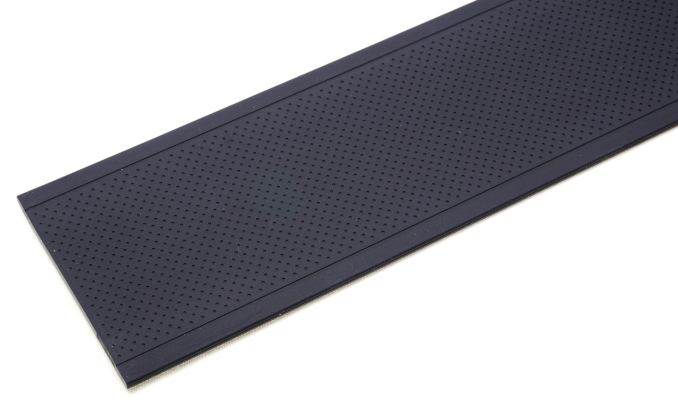
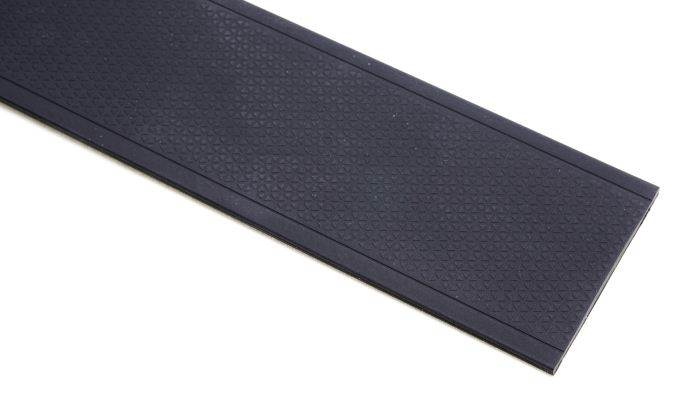
The new Corsair K95 RGB Platinum is clearly based on the same aesthetic design as the rest of the K×× keyboards series, but is not physically identical to any of the previous K95 or K70 versions. It appears to be more of a hybrid between the two, designed to please the users who were complaining about the lack of macro keys on any K70 keyboard and found the K95 keyboards to be excessively large.
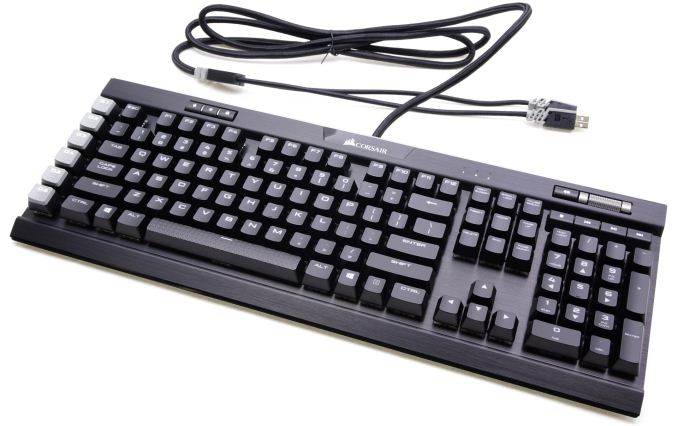
The Corsair K95 RGB Platinum features an anodized brushed aluminum chassis, with the keys secured directly on its surface rather than being embedded into it. Its “floating” design makes it very simple to clean, as a simple blow would remove most debris from the aluminum surface of the keyboard. The Corsair logo at the top of the keyboard is now part of a glossy plastic frame that is backlit.
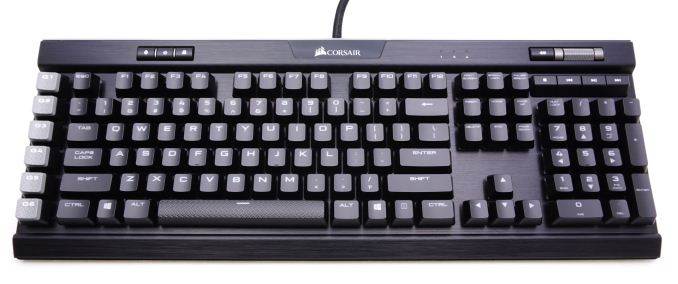
The Corsair K95 RGB Platinum is a standard 104-key keyboard expanded with a six extra keys to the left. It does not fully adhere to the ANSI layout, as the bottom row of the keyboard has a 6.5× Spacebar, two 1.25× ALT, two 1.5× CTRL and three 1× WIN/Menu bottom row keys. The standard ANSI layout has a 6.25× Spacebar and seven 1.25× bottom row keys. This is the “gaming” layout that reduces the size of the unnecessary WIN/Menu keys in favor of the more useful CTRL/Spacebar keys. Corsair has been using this layout on all of their advanced keyboards. The keycaps are made from ABS plastic and have large, futuristic characters, while the Space Bar key is textured.
The extra six keys to the left of the main keyboard are grey, textured and contoured, much like the extra ten keycaps that Corsair supplies for gaming. As we will see in the following pages, these and any other keys of the Corsair K95 RGB Platinum can be programmed to execute virtually everything from simple keystrokes to advanced macros.
Four plastic media control buttons can be seen above the keypad, right below the silver volume control wheel. A short, wide button next to the volume control wheel is by default the volume mute button. Three similar buttons can be seen towards the left side of the keyboard as well. The first one can be used to rotate between programmed profiles, the second adjusts the backlight brightness and the third is the “gaming mode” that by default locks the WIN keys.
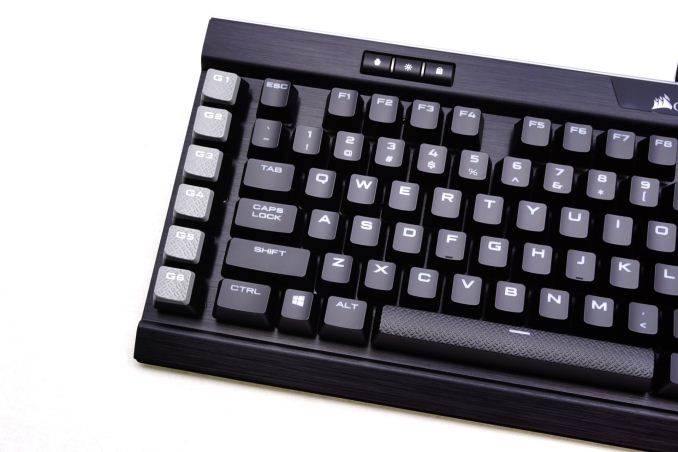
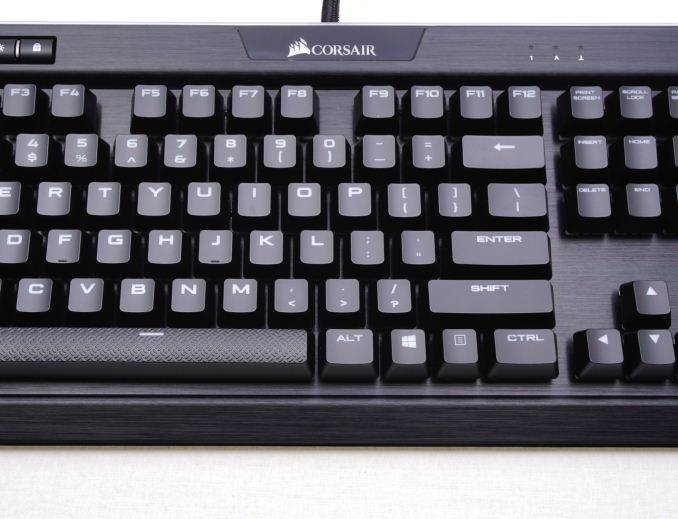
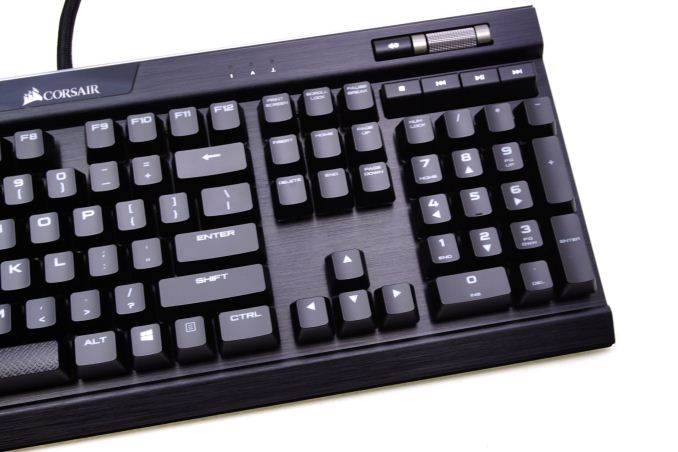
Beneath the keycaps we found the Cherry MX RGB Speed switches. The default MX Speed switch is a modified version of the classic MX Red switch, with its travel distance reduced by 0.8 mm. This offers faster actuation (1.2 mm to the actuation point instead of 2 mm) but also shortens the full travel distance of the key as well. However, things are not technically quite as simple as that. The actuation force remains the same (45 gram-force) while the distance is shortened by nearly 50%. While the travel of the key remains linear, the force per mm of travel increases at a much higher rate. As a result, the MX Speed switch feels significantly stiffer and stronger to the user, especially after the actuation point, and also resets faster than the classic MX Red switch. There is a version of the K95 RGB Platinum coming out with tactile Cherry MX RGB Brown switches as well.
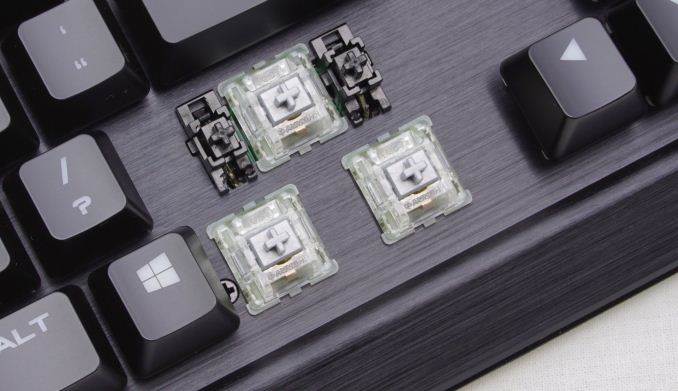
The bottom of the K95 RGB Platinum is entirely unlike any other that we have seen from Corsair to this date. There are four very large anti-skid pads, firmly securing the keyboard into place on any surface. As a matter of fact, the grip of the pads is so strong that the tilt feet are being forced to retract if one tries to push the keyboard sideways while it is sitting on a desk. Two cable channels can be seen forming a large X. The designer’s idea must have been gaming headsets, as this design allows the headset cable to be cleanly routed underneath the keyboard.
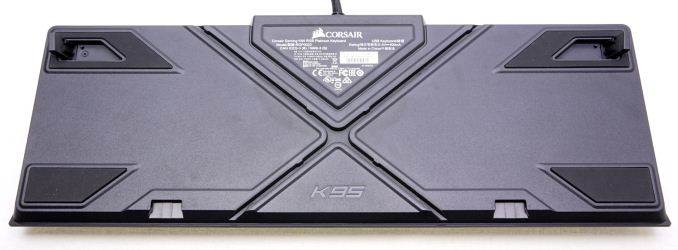
A single USB 3.0 port can be found at the rear of the K95 RGB Platinum. Do note that both of the keyboard’s USB connectors need to be inserted for the pass-through port to function, even if the main connector is plugged into a USB 3.0 port. The second connector is not necessary for the keyboard itself to function properly if the main connector has been plugged into a USB 3.0 port, only the USB pass-through port will not function. If the main connector is plugged into a USB 2.0 port, the use of both connectors becomes a necessity, as the keyboard’s power requirements technically exceed the capacity of a USB 2.0 port.

On the inside, the K95 RGB Platinum is similar to the K70 RGB, but is using an upgraded and significantly more complex layout. The heart of the keyboard is a NXP LPC11U68JBD100 microprocessor, an ARM Cortex-M0+ based chipset with a CPU frequency of 50 MHz, 256 kB Flash memory, 4 kB EEPROM and 36 kB SRAM. Corsair most likely selected this particular chip not because of its processing power but because of its impressive internal flash memory. An extra SPANSION FL164K 8MB memory chip can be found nearby, which is being used to store the onboard programmed profiles.
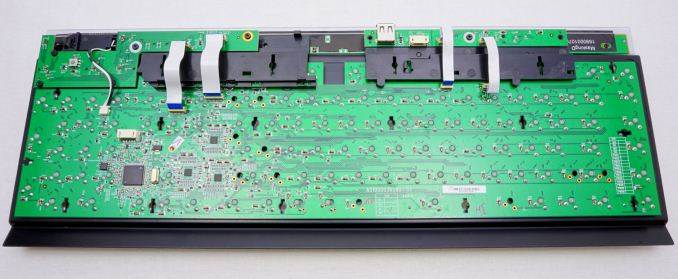
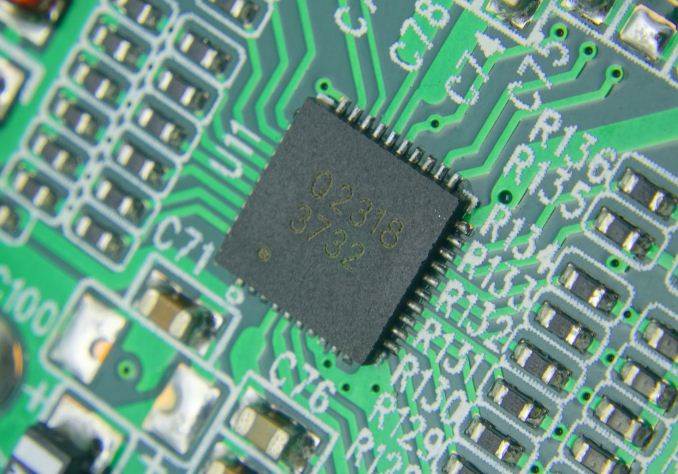
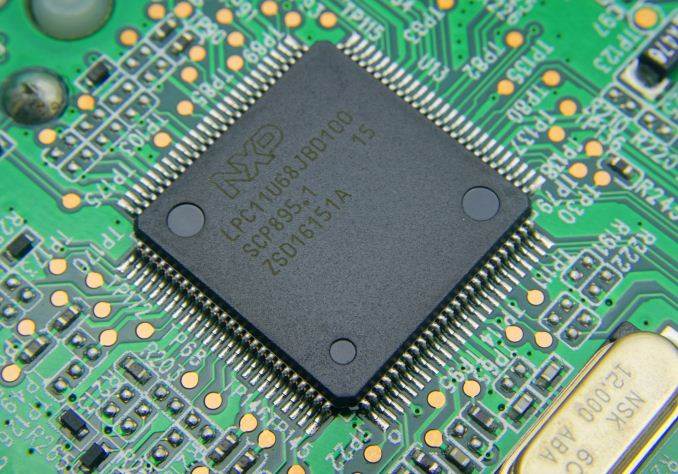
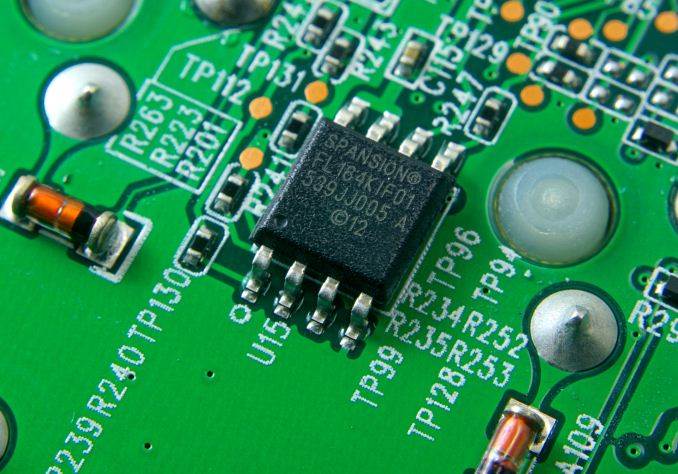
Corsair’s Utility Engine, or CUE for sort, is one of the most advanced (and complex) software packages for the control of peripheral devices, with the company adding new features and options every few months. We had a thorough look at the software in our previous articles but, in a very surprising move, Corsair did a complete overhaul of the software this year. This was probably done to improve the interface of the software and to make it straightforward to use by everyone, as while the old CUE might have been exceptional, but it also could be overwhelming for the average user.
The CUE can be used to control all of Corsair’s peripherals that support it, from keyboards to mousepads. At the top of the interface we can see the list of the connected devices, including faux “demo” devices that are not really connected. These “demo” devices work as emulators, allowing the user to explore programmability and lighting options with Corsair products that may be of interest to him/her. Next to the devices there is an “advanced” mode that reveals many extra action and lighting options.
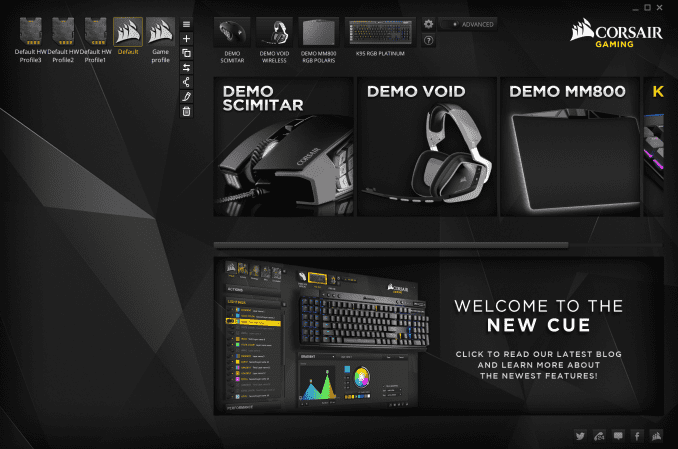
The profiles list and programmer can be found at the top left corner of the interface. As we can see, there is no confusing differentiation between modes and profiles anymore – only profiles. In the case of the K95 RGB Platinum, there are three hardware profiles that are stored inside the keyboard, plus an infinite number of software profiles. The hardware profiles do not require the CUE when saved, meaning that all of the advanced and lighting functions will work with the keyboard attached to virtually any computer. As long as that is possible of course; for example, you cannot use a launch application command if…
